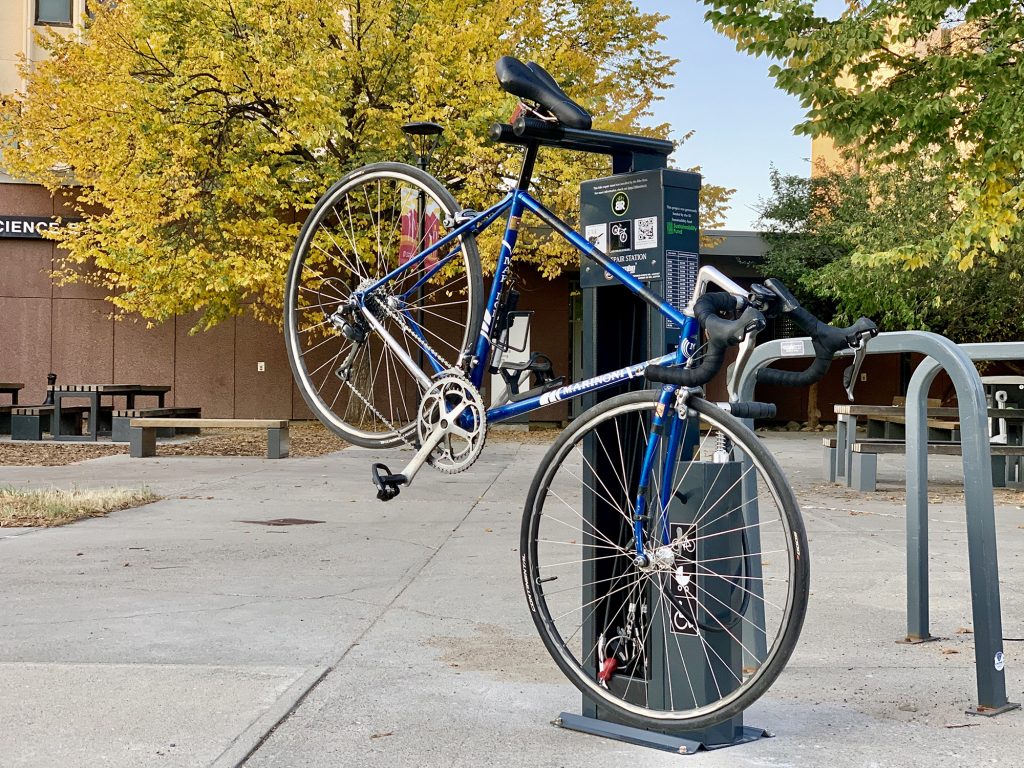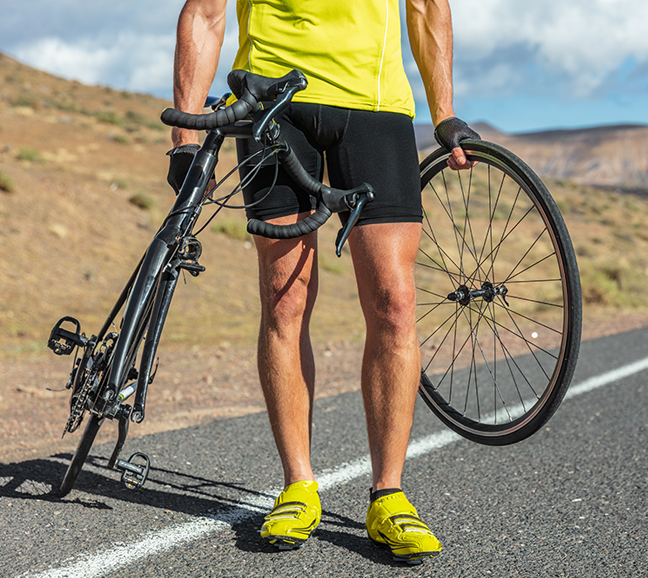Preparing your bike for the new season – 7 things you need to do
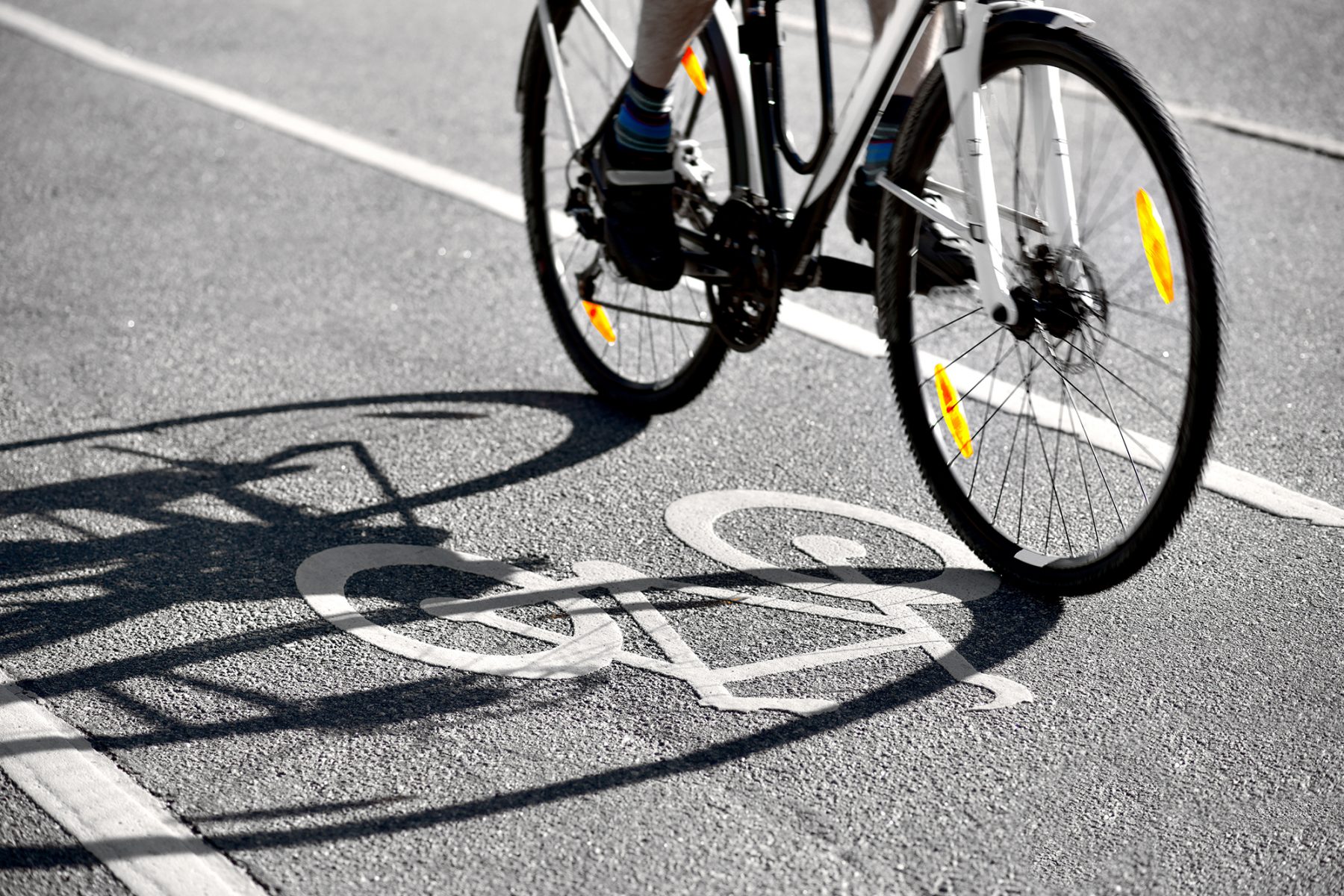
Getting your bike ready for the new season – 7 things you need to do
The end of winter is the perfect time to start preparing for the next cycling season. The rise in temperatures and passable roads are the favourable conditions for getting back on your two-wheeler, making it the primary or additional means of transport. However, before you set off on your first route, it is crucial to prepare your vehicle properly. At least once a year, we should remember about its maintenance, including washing, lubricating the components, as well as a detailed bike review to make sure that nothing surprises us on the way. It’s best to do this right before the start of the new season. But what specific steps do you need to take? You will find it out in the following article, in which we advise you, using our own experience, on how to prepare your bike for the new season.
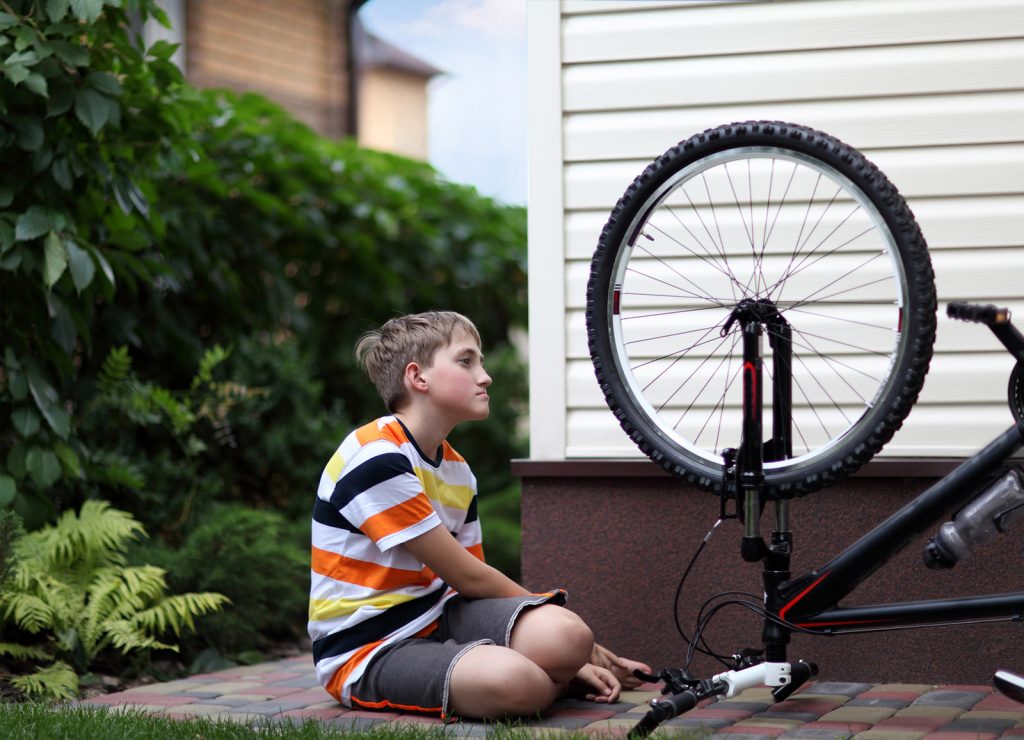
1. Wash your bike thoroughly
Regardless of whether the two-wheeler has already been washed after the end of the previous season, this stage should be taken into account when preparing your bike for the next months of use. During long storage in the basement or garage, it must have been covered with a layer of dust and possibly other dirt. As a rule, no complicated work or specialist measures are required to make the vehicle clean. A bike wash point may be used assuming that there is one nearby. However, when using pressure washers, be careful with moving bike parts so as not to damage them. It is best to clean the frame, wheels, handlebars and saddle this way; We will mention cleaning other elements later in this article. In most cases, a simple cloth or sponge and a bucket of warm water without detergents are enough to remove the dirt. We wash the bike from top to bottom, trying to reach all nooks and crannies, but without damaging all mechanisms. Finally, it is important to dry all components thoroughly.
2. Clean and lubricate the chain
The chain is one of the most important and problematic parts of a bicycle. If we do not take care of it properly, it may deteriorate the vehicle’s efficiency, weaken the functionality of the derailleurs and increase the wear of all other drive components. Lack of lubricant causes greater friction and thus faster wear and even damage to the chain. The lubricant is not permanent – contact with water, but also with dust, sand or mud causes its gradual washing out. Therefore, it should be properly taken care of from time to time. First of all, dirty chains must not be lubricated under any circumstances. This element should be cleaned with dedicated degreasing agents or petrol. It is best to do this after removing the chain from the bicycle. When it is clean and dry, gently apply the grease and spread it in such a way that it is inside all chain links – in other words, over the entire surface. It is advisable to follow the recommendations of the producer of the given lubricant.
3. Cleaning and lubricating the bike – which bike parts require it as well?
Although chain lubrication is the most common and most often discussed, it is not the only part of a bicycle that requires this activity to function properly. What to lubricate on the bike apart from the chain? Certainly the shock absorber, i.e. the component responsible for vibration damping when driving on uneven terrain. Be sure to remove the rubber covers before lubricating this element. It is best to use a special oil dedicated for shock absorbers. Another element that requires this step are the brakes. In order for them to function and react quickly enough, the disc brakes should be lubricated; in the case of rim brakes, pins and threads should be lubricated using assembly paste or dedicated agents. It is also worth remembering about the hub and the rudder – also in their case, there are special preparations dedicated to these components. We remind you that before lubrication, each component should be cleaned of any residual dirt.
4. Adjust the derailleurs
Adjusting the derailleurs is one of the most important steps in preparing your bike for the new season. The drive operation and its precision depend to a large extent on this activity. Derailleurs are responsible for changing the position of the chain on the cassette or sprocket. Usually there are two types of derailleurs – front and rear. Many cyclists find derailleur adjustment a very complicated task. It actually requires some time, knowledge and patience. Nevertheless, it is worth doing for a more pleasant and safer ride – all thanks to the efficiency of derailleurs. To begin with, you need to prepare the necessary tools, such as a 5 mm hex key, a Phillips screwdriver and pliers – you can find these tools at a bicycle repair point. When adjusting, you need to check how the chain shifting works between the sprockets, that the cables have the correct tension, and that all components are properly fastened. If irregularities are found, it is usually enough to tighten or loosen individual parts.
5. Check tyre pressure
Bicycle tyre pressure should be checked regularly. Maybe not necessarily before each ride, but for sure every few bike rides. You definitely need to do this to get your bike ready for the new season, as some air has almost certainly escaped during extended periods of non-use. Tyre pressure should not be too low or high, as this will affect cycling comfort and faster wear of both – the tyres and the entire wheels. What’s the right pressure? There is no unequivocal answer to this question. It all depends on the particular product. On the sidewall of most tyres you will find producer recommendations on the inflation pressure range. Typically, this is a range expressed in two units: bar and PSI, which is pounds per square inch. Sometimes only the maximum pressure is given.
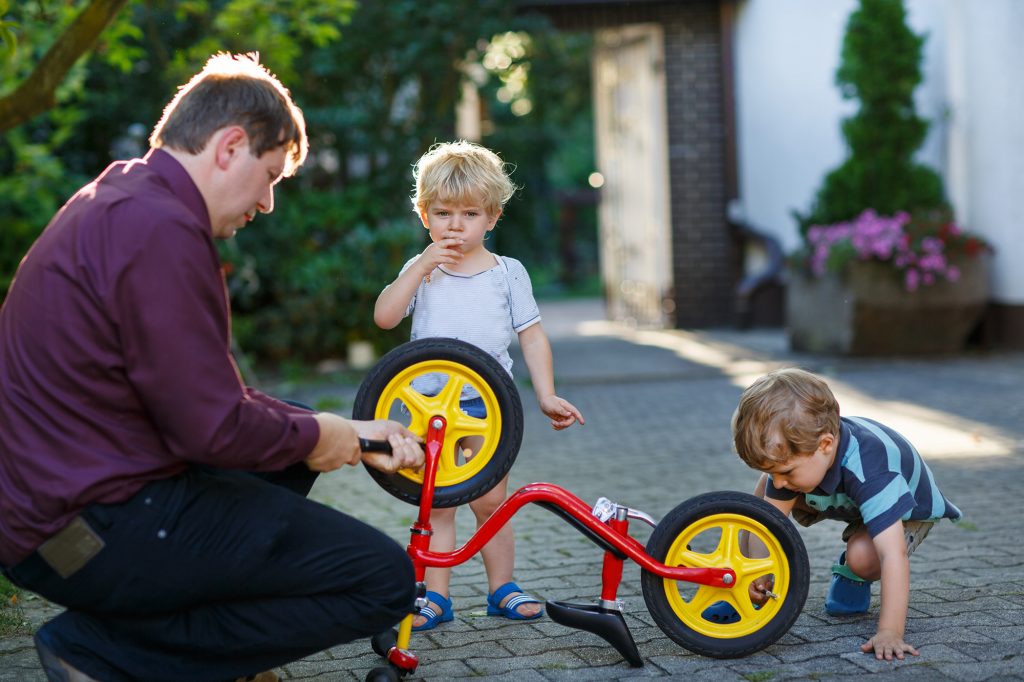
6. Tighten all screws
Bicycle parts become loose during use. This happens not only in the case of competitive cycling, but also in the case of a regular ride around the city or recreational areas, although in the latter case a bit slower. Loose bolts are not a problem in themselves, but they can cause more vibration while cycling. Over time there is a risk of component separation, which is very dangerous. That is why it is worth checking all screws at least once a year, before the start of the season. We try to tighten most of them very firmly. However, this does not apply to moving parts, which should be tightened enough to allow effective work. For detailed information on tightening bolts, see the instructions that are provided with the bicycle.
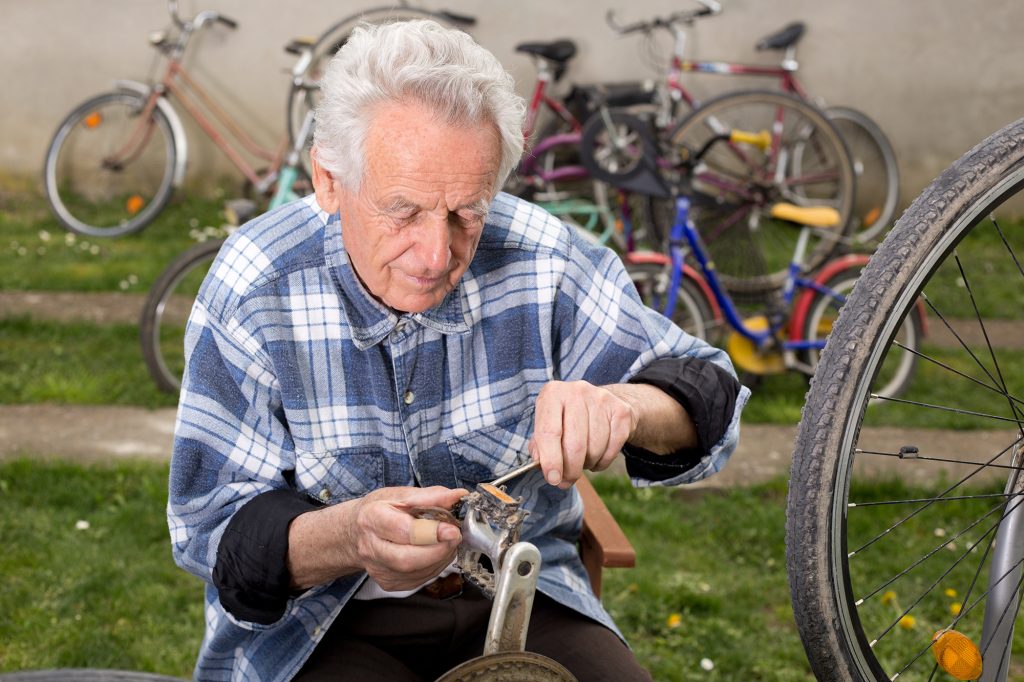
7. Preparing the bicycle for riding: ensure that there is good lighting
Bicycle lighting is the basis of safety after sunset. Thanks to it, we can see the road and all obstacles, but we can also be noticed by other road users. There are legal regulations that strictly define what lighting is required on bicycles. There should be at least one white or bright yellow light in front. However, both a red position lamp and a retro-reflector, of the same colour and shape other than a triangle, must be fitted to the rear. If you want to prepare your bike well for the new season, make sure it meets these standards. We should also, depending on the type of lighting, replace the batteries with new ones or fully charge them.
